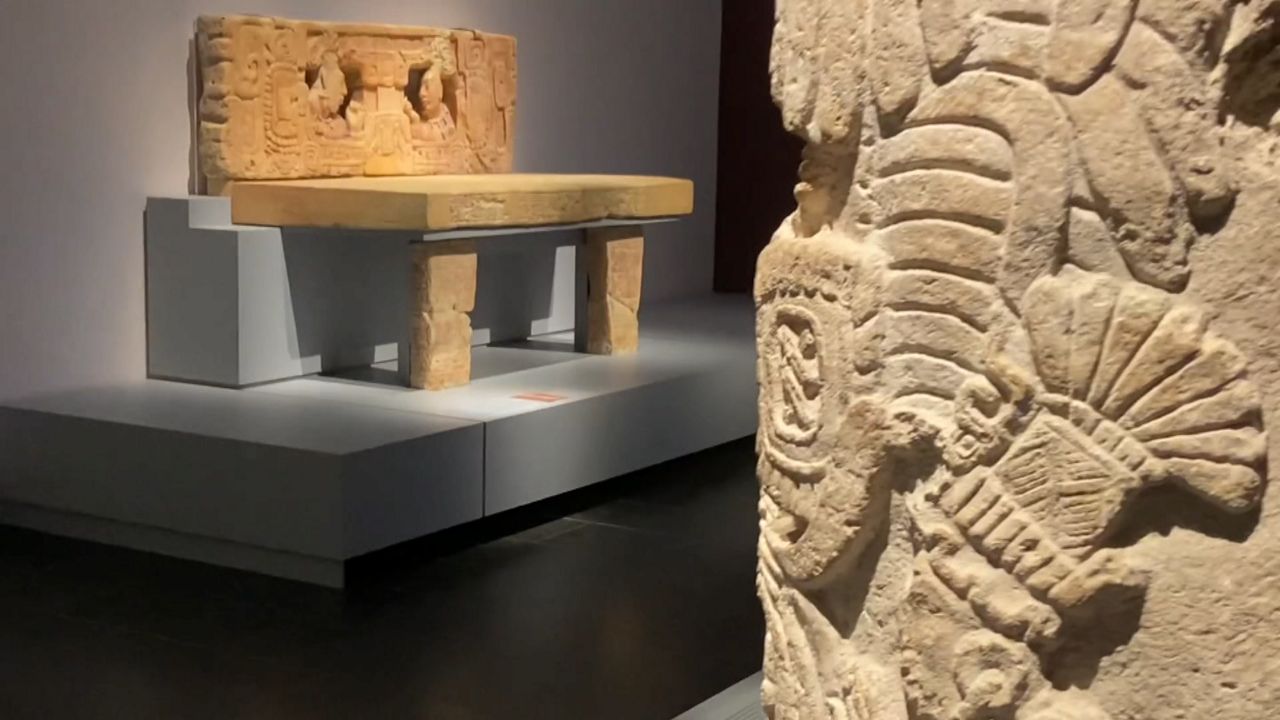New Yorkers and visitors to the city will have the best opportunity in more than a decade to experience the ancient secrets and rituals of the Mayans in one of the world’s most renowned museums.
“These are extraordinary objects that allow us to tell new stories,” says Joanne Pillsbury, Curator of Ancient American Art at the Metropolitan Museum in New York, of the exhibition titled “The Lives of the Gods: Divinity in Mayan Art”.
Of the more than 100 pieces included, half have never been exhibited before in the United States.
“It fills all Mexicans, Central Americans with pride…having this exhibit at the Met is a great privilege,” said Carlos Gerardo Izzo, director of public and community affairs, Consulate General of Mexico.
And a great logistical challenge to transport the giant sculptures, wood carvings and ceramic pieces created in Mesoamerica between the 3rd and 10th centuries.
These pieces are currently in the hands of private collectors in Europe and cultural institutions in Mexico, Honduras and Guatemala, the homeland of Juan Alejandro Rax Jul, who was able to see it in New York before its inauguration.
Rax Christmas.
“It conveys the legacy and worldview that our ancestors left us, and being seen in different parts of the world makes us very happy. The truth is, you feel positive energy when you can exhibit it,” said Rax Jul, an ancestral Guatemalan dancer and musician.
Recent technological advances have made it possible to better understand these great artistic expressions – many recently excavated – and to recognize their authors better than ever.
X-rays made it possible to determine that objects as delicate and small as a god in a flower were ceremonial whistles.
“Mayan art is incomparable and can be appreciated even without understanding it. It is one of the great civilizations of the world and we see it illustrated in many books, but we rarely see it in person; and for me as a researcher this is very important, because the important thing is in the details,” explained Oswaldo Chinchilla Mazariegos, Associate Professor of Anthropology, Yale University.
This exhibition will be open to the public from November 21st to April 2nd next year.


